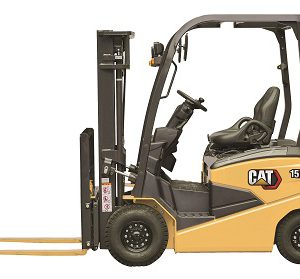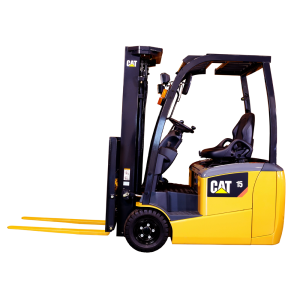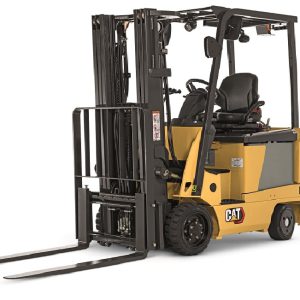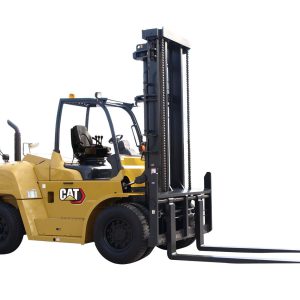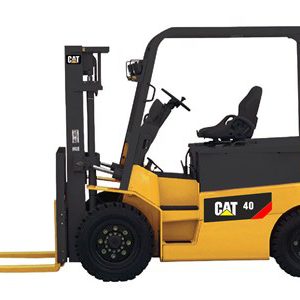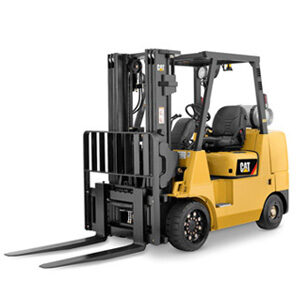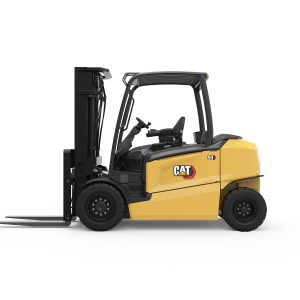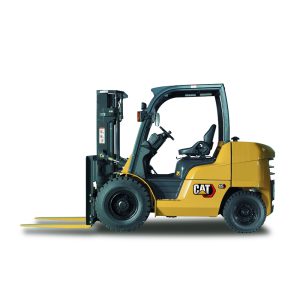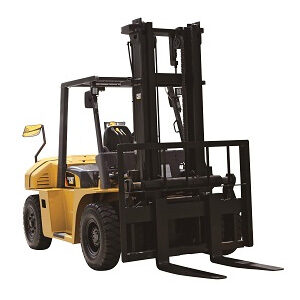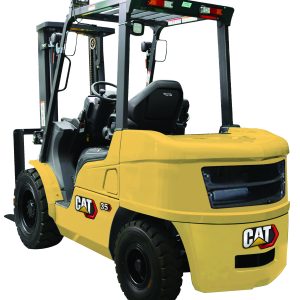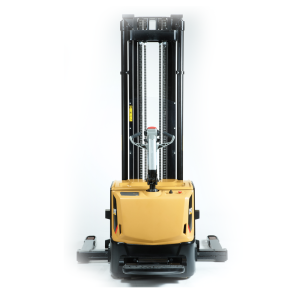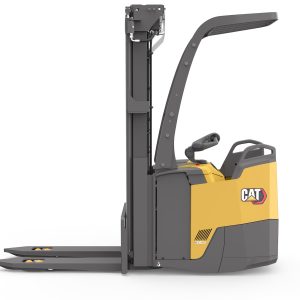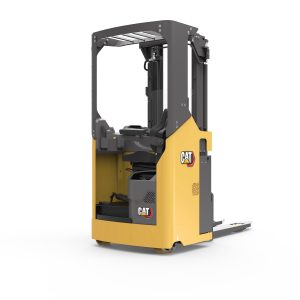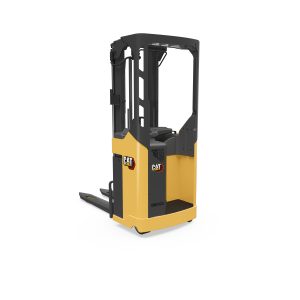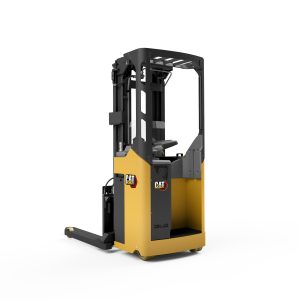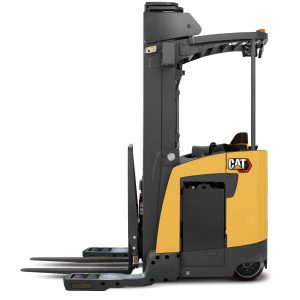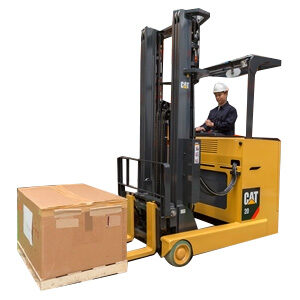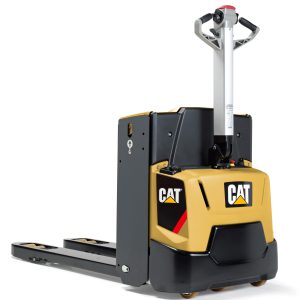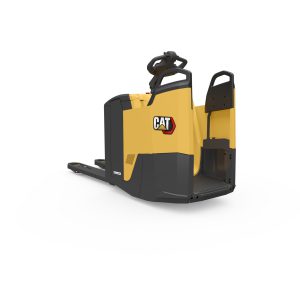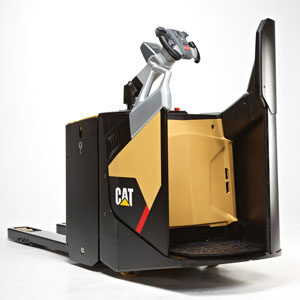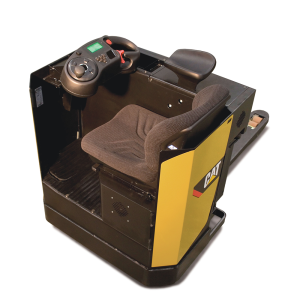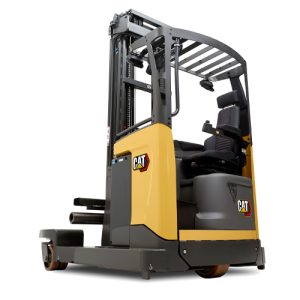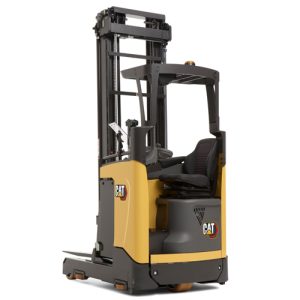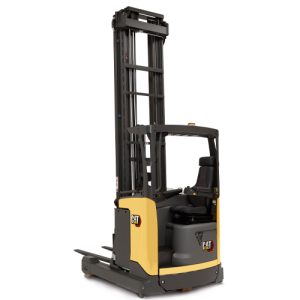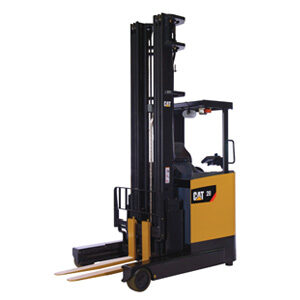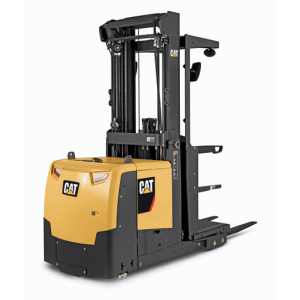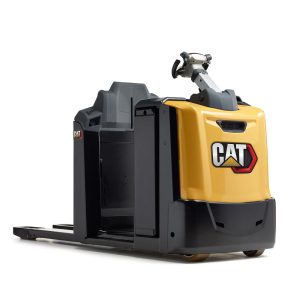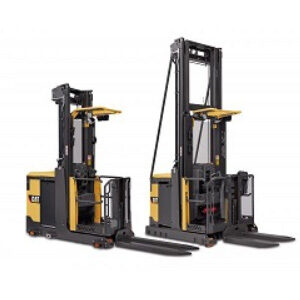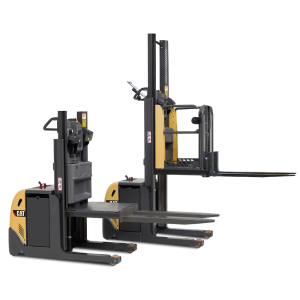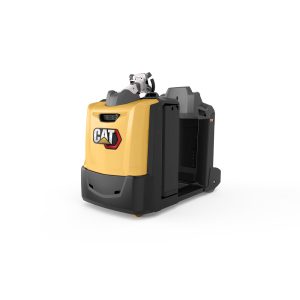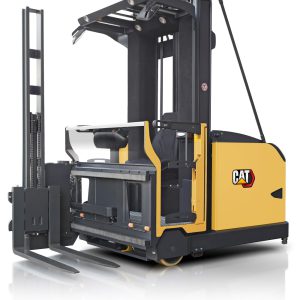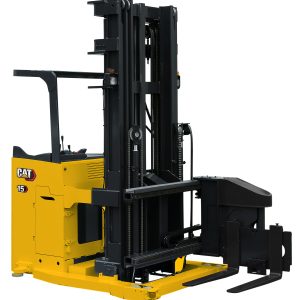
Wood or Plastic… Which Pallets Are Right for You
03/08/2005
Pallets are the primary interface between goods and material handling equipment. They provide a safe, effective shipping and storing platform.
From what material should they be made — wood or plastic?
Identified here, are four main selection factors that you can use as a guide to find the right pallet for your application:
Cost and performance over time —
Wooden pallets cost less than plastic ones initially, but you should consider the overall cost of using them when making your decision. Consider how many trips each kind of pallet can make before needing repairs and/or disposal — or cost per trip.
In general, plastic pallets last longer and require fewer repairs than wooden ones, but if you invest (pay a little more at the beginning) in high-quality pallets, you will get a pallet that protects products well.
A good wood pallet reduces downtime on sensitive automated material handling equipment and requires fewer repairs, making them reusable.
Plastic pallet manufacturers, claims plastic models are durable. They can last up to 250 trips and still maintain its dimensional accuracy.
In a closed-loop system where pallets return to the company that purchased them, they realize their initial investment rapidly, and can provide a lower cost per trip.
Design —
Depending on your pallet supplier and quantity, custom-built pallets are available in both wood and plastic.
Most plastic pallet manufacturers offer the possibility to design pallets to suit your needs, or choose from a standard line. Plastic pallets come in one piece, while wooden ones are made of several pieces nailed together.
Material —
Wood is porous, and, as such, is subject to contamination and pests. Do treat the wood if used in areas where these conditions exist. Plastic, on the other hand, is smooth and easy to clean. Many plastic pallets offer flow through designs for easy washing, and some models are available for hygienic requirements.
Handling wooden pallets can sometimes be tricky as they can deteriorate, exposing nails and splinters which can cause injuries.
Plastic pallets have contoured corners, which allows for comfortable handling.
Environmental Impact —
Both kinds of pallets require responsible and proper disposal.
For example, when wooden pallets reach the end of their useful life, the wood components can be recycled into other products.
Plastic pallet manufacturers point out that too many wooden pallets are not recycled and end up in landfills.
In addition, they point to the amount of trees used each year to produce wooden pallets. They argue that plastic used in pallets can easily be recycled into other products and produce little environmental impact.


